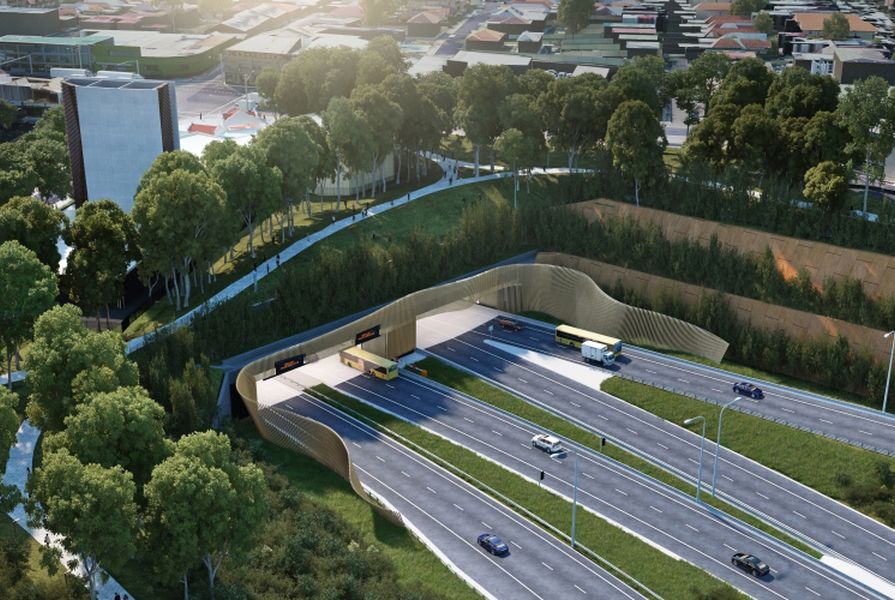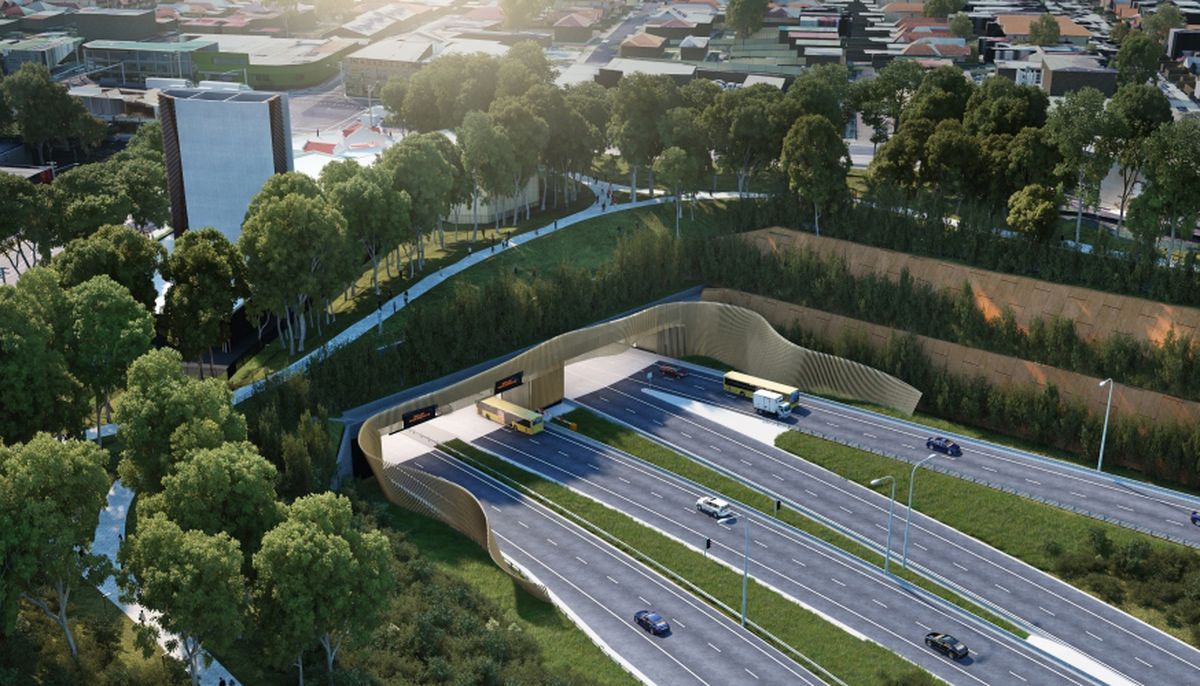
Paul Mees OAM.
Born in 1961, Mees grew up in the outer suburb of Glen Waverley and attended the prestigious St. Kevin’s in the leafy inner suburb of Toorak, in Melbourne.
Therefore, as a young commuter, Paul Mees witnessed the rise of what commentators in the U.S. call the “highway lobby” in this country. During this period, state governments spent billions on new urban highways, which spread one-storey subdivisions far beyond the existing mass transit network.
At the same time, in large capitals, noncar commutes dropped from approximately 80 per cent in 1950 to less than 20 percent by the year 2000. In response, Paul Mees devoted more than 20 years of his life to reversing the decline he witnessed in Australian transit systems.
In 1999, for example, the Kennett government said its privatisation of the public transportation system would not only reduce subsidies but would also increase patronage, adding that by 2013 public transit would generate $18.5 million per year for the state.
In several pieces, Paul Mees argued that, if different private companies took over pieces of the system, then less profitable feeder services would decline or fail to coordinate with more profitable trunk routes, leading to a decline in the entire network, which must compete with the car.
Thirteen years later, Victorians are still not receiving the $18.5 million per year from the private operators of their public transit system. In fact, in 2013, Victorians paid an annual subsidy of $2.6 billion to the private operators of their public transit system.
For his Ph.D., Paul analysed the success of transit in Toronto, Canada with the less successful system in Melbourne. In their book Cities and Sustainability: Overcoming Automobile Dependence, Peter Newman and Jeff Kenworthy had demonstrated a positive relationship between higher urban densities and transit patronage.
After a research trip to Canada, Paul suspected that urban densities in Toronto were not significantly higher than urban densities in Melbourne. What he soon discovered was that Newman and Kenworthy were using a small definition of Toronto, thereby skewing the success of transit in Toronto to fit their famous curve on urban density.
In his two books A Very Public Solution and Transport for Suburbia, Paul criticised the assumption that transit cannot work in low-density areas. Unfortunately, while Paul’s work attracted praise from international experts, the Kennett government, ignoring the latest research that new highways expand traffic congestion, continued with its plans for CityLink and EastLink.
In Sydney, Premier Bob Carr oversaw several new highways, including the M1 (Eastern Distributor), M2, M5, and the M7. In fact, in Sydney, there was an important development in Australian urban planning, as the bankers at Macquarie Group (hereafter Macquarie) engineered new models for the revaluation of infrastructure.
As the editors of the Sydney Morning Herald put it, “the bankers had in effect come up with a formula for bringing forward the cash flow from infrastructure assets and then dropping it straight into the top executives $30-million-plus salaries.”
When one academic pointed out that, in the long term, these models failed to amortise debt and that in the long term the same models projected “impossible traffic conditions,” Macquarie pressured the University of Sydney.
In any case, during the 1990s, Macquarie, now the world’s largest owner and developer of toll roads, transformed the landscape of Sydney to the point where traffic congestion in Sydney is now worse than traffic congestion in New York City, according to the TomTom Traffic Index.
In Melbourne, Paul Mees, a qualified lawyer, spent his last decade fighting the proposed multi-billion dollar EastLink, arguing successfully in the High Court of Australia that EastLink would generate more traffic congestion in the outer suburbs of Melbourne.
In the last days of his life, Paul Mees recorded a video message for the activist group Trains Not Toll Roads, who were fighting the proposed East West Link. In this message, Paul discussed the zerosum game between new highways and transit service.
This article originally appeared in New Planner (December, 2016) – the journal of the New South Wales planning profession – published by the Planning Institute of Australia.
More more on this topic, see The disruptive urbanist: A reflection on the work of Paul Mees.












